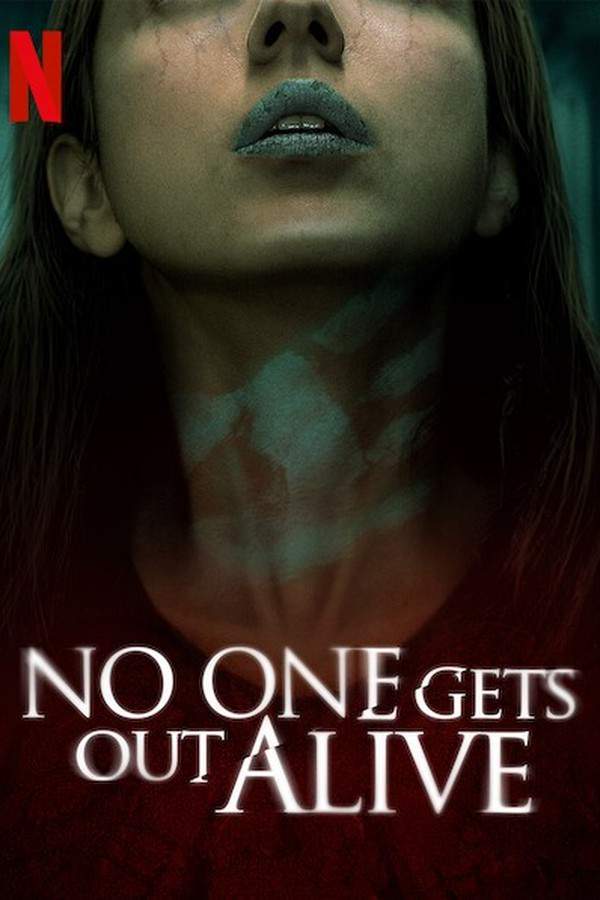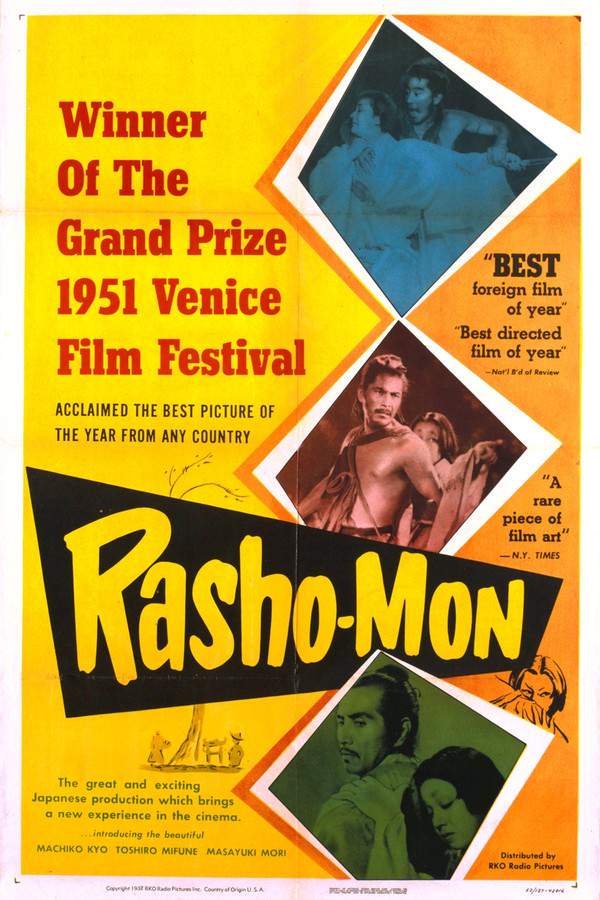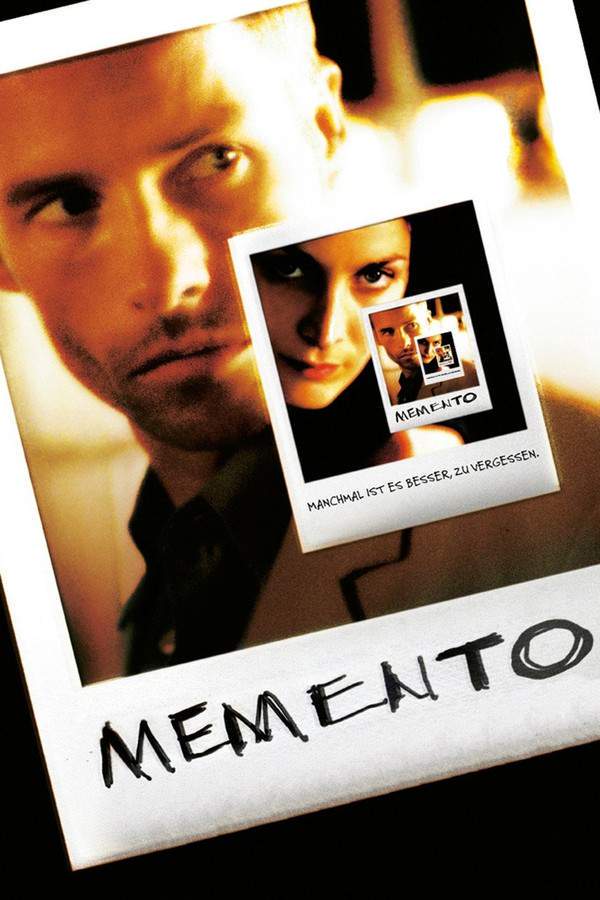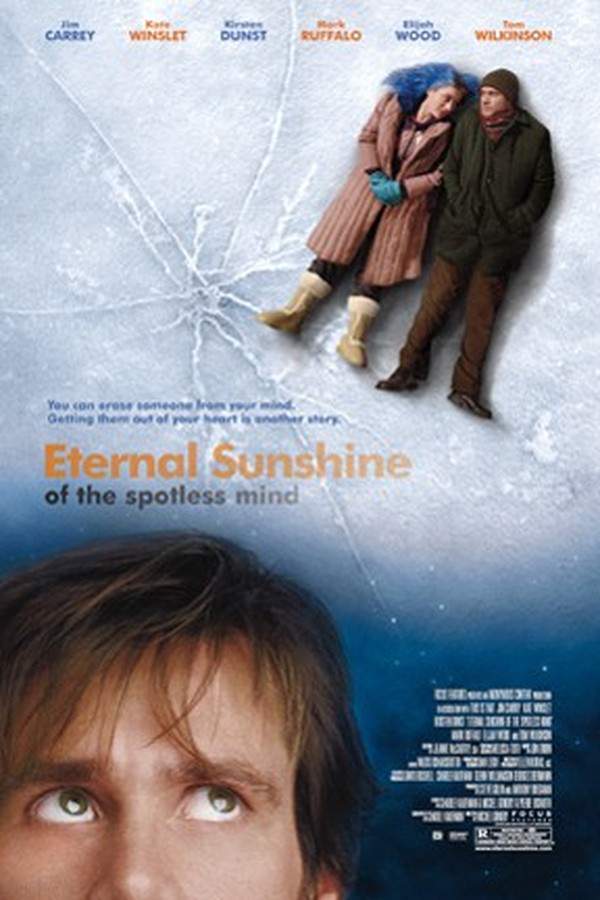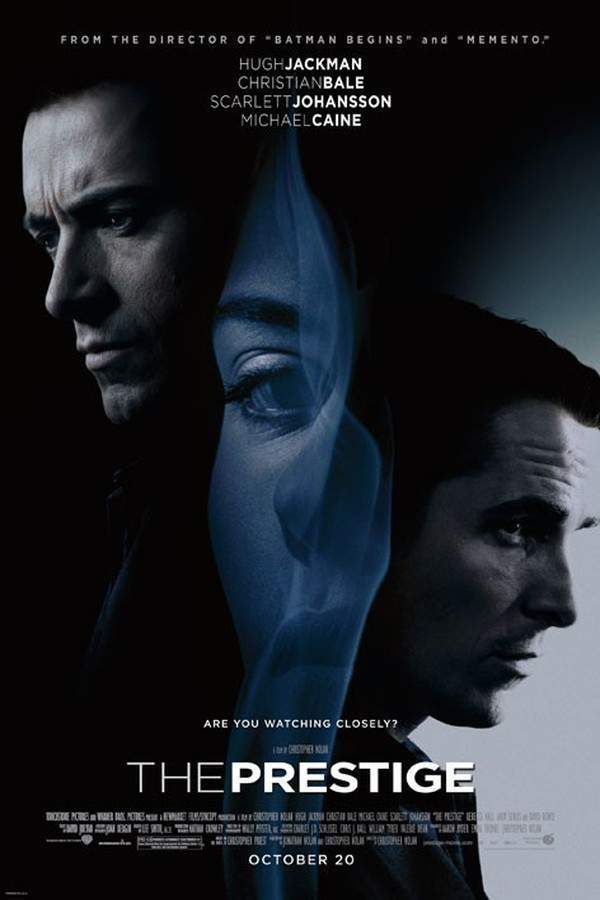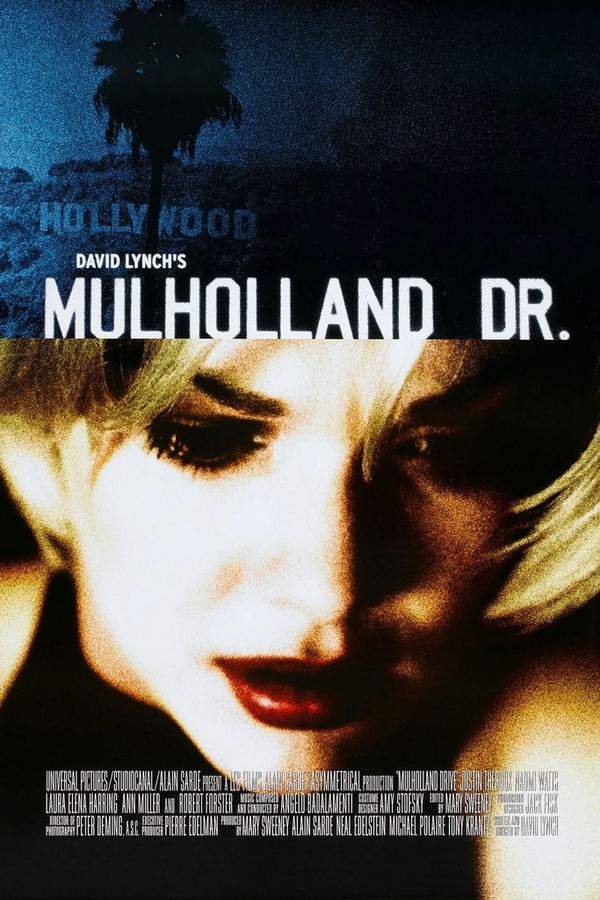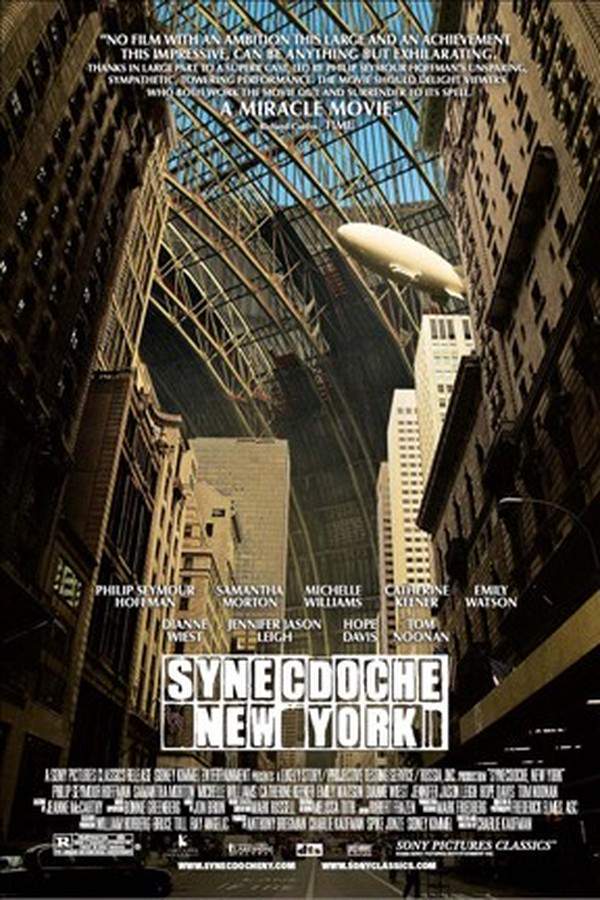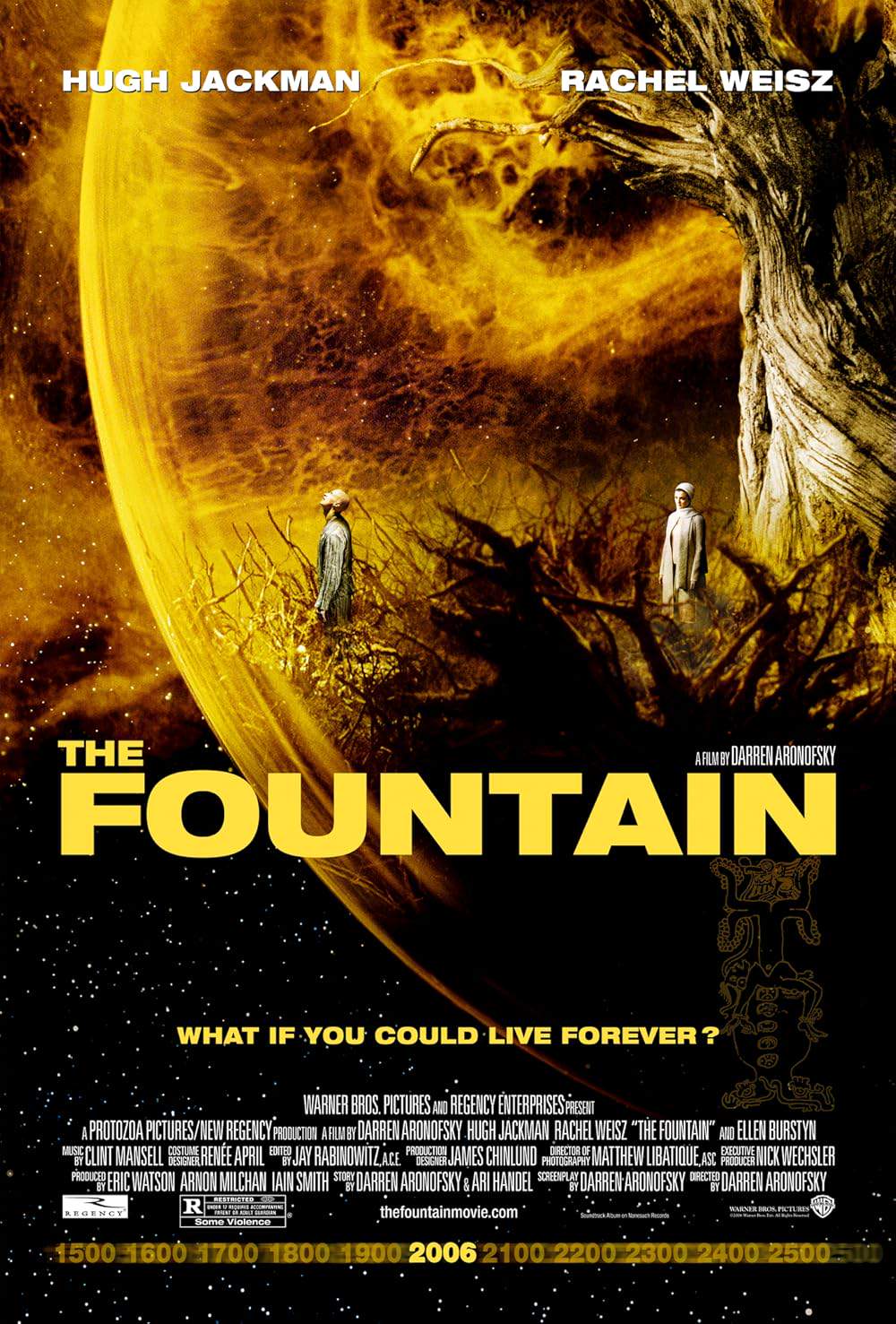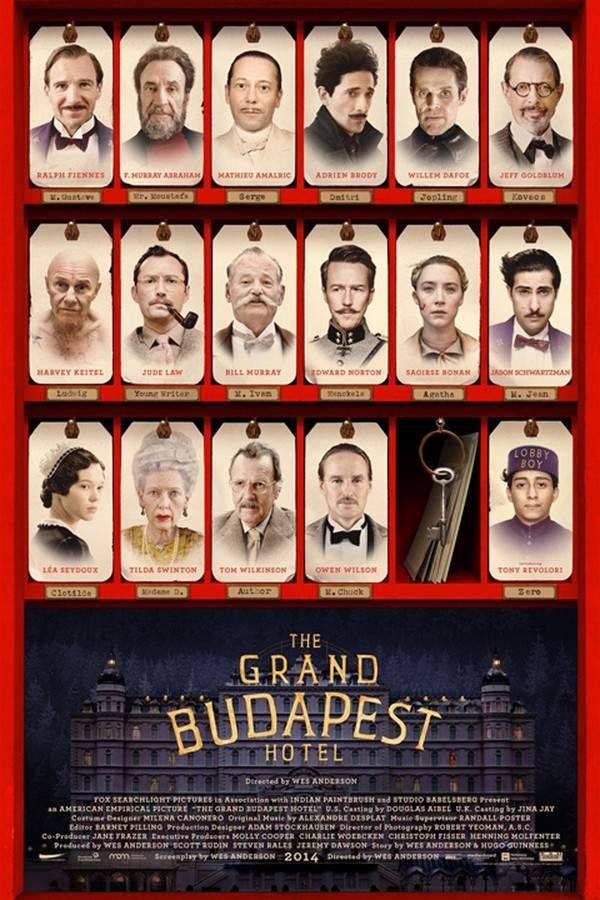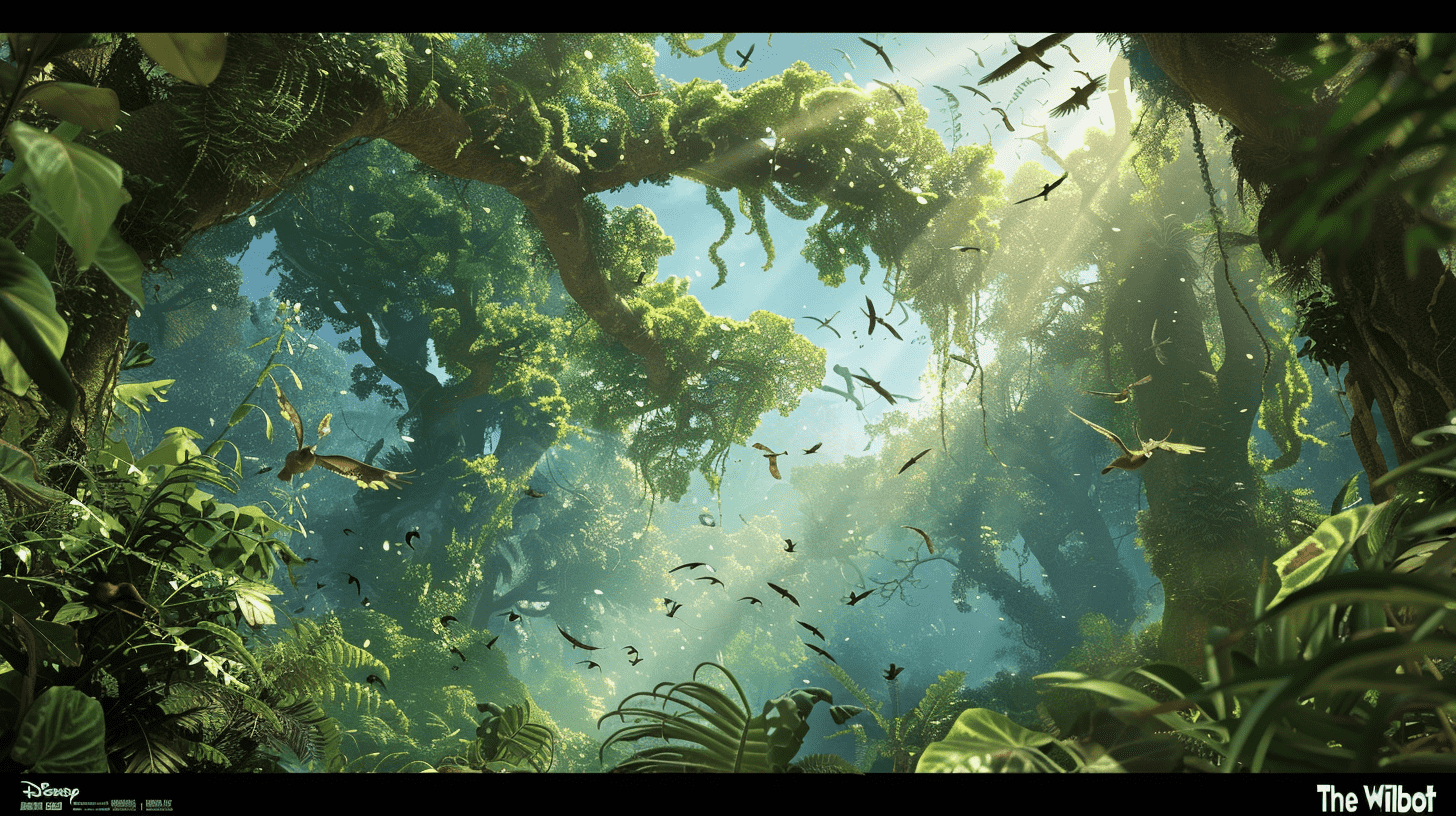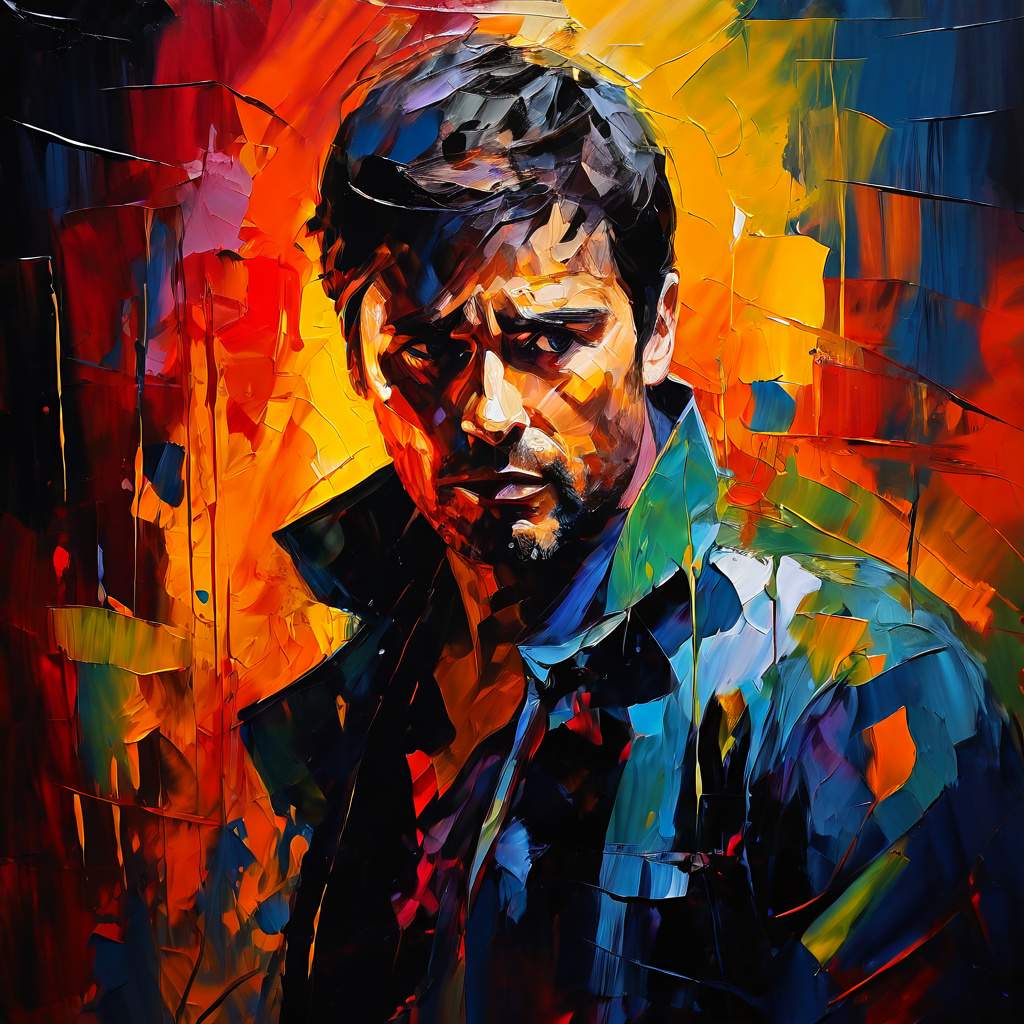What's After the Blog?
Genres • Criticism
Exploring the World of Non-Linear Narrative in Film
Discover the intricacies and allure of non-linear narrative in film, as we delve into its impact on storytelling, audience engagement, and cinema's evolving landscape.
June 26, 2024

Movies mentioned in this article
Exploring the World of Non-Linear Narrative in Film
Introduction: Understanding Non-Linear Narrative
Non-linear narrative, a storytelling technique that shuffles the chronological order of a story, offers a unique and often more engaging cinematic experience. This approach, which defies traditional linear storytelling, has been employed in films to various effects – from creating suspense and mystery to providing deeper character insights. At its core, non-linear narrative challenges the viewer’s perception of time and sequence, often requiring a more active role in piecing the story together. The history of non-linear storytelling in film is rich and varied, dating back to the early 20th century. One of the earliest examples is the 1924 film He Who Gets Slapped, which uses flashbacks to reveal the protagonist’s past. As cinema evolved, so did the use of this narrative technique, with filmmakers exploring more complex and inventive ways to tell their stories. The non-linear narrative allows directors and writers to play with time, memory, and perspective, often resulting in a more immersive and thought-provoking experience for the audience. Films like Citizen Kane and Rashomon not only changed how stories are told in movies but also how audiences engage with the medium.
Breaking the Conventional Timeline
The essence of non-linear narratives lies in their departure from the conventional timeline. Unlike linear narratives, which follow a straightforward progression of events, non-linear narratives jump back and forth in time, sometimes blending reality with characters’ memories or subjective experiences. This technique can take various forms, such as flashbacks, flash-forwards, or a fragmented storyline. For instance, Pulp Fiction, directed by Quentin Tarantino, is famous for its disjointed narrative structure, which intertwines various stories out of chronological order. This method of storytelling not only captures the viewer’s attention but also adds layers of complexity to the plot and characters. Another example is Christopher Nolan’s Memento, which tells the story in reverse order, with the end of the story shown at the beginning. This reverse-chronological structure forces viewers to experience the protagonist’s condition of short-term memory loss, making the film a compelling psychological thriller. Non-linear narratives can also be seen in films like Eternal Sunshine of the Spotless Mind, where the story unfolds within the protagonist’s memories, blurring the lines between past and present. These films demonstrate how breaking the conventional timeline can create a unique and memorable cinematic experience, allowing for deeper themes like memory, identity, and perception to be explored in innovative ways.
Pioneers of Non-Linear Storytelling
The realm of non-linear narrative in film has been graced by pioneers who have pushed the boundaries of traditional storytelling. Akira Kurosawa’s Rashomon (1950) stands as a monumental example. This film introduced audiences worldwide to a narrative style that presented multiple perspectives of a single event, leaving the truth ambiguous. This method challenged viewers to question the reliability of memory and perspective, a theme that has been explored in numerous films since. Another notable pioneer is Orson Welles, whose masterpiece Citizen Kane (1941) is renowned for its complex narrative structure and innovative use of flashbacks. Welles’ film revolutionized the way stories could be told on screen, influencing countless filmmakers. The use of non-linear storytelling in these early films set a precedent, demonstrating the powerful impact of disrupting linear narrative conventions. These films not only told a story but also invited audiences to engage in deeper contemplation about the nature of truth, memory, and storytelling itself.
The Question of Audience Engagement: “How does non-linear storytelling affect viewer engagement?”
Non-linear narratives, by their very design, demand a higher level of engagement from the audience. Unlike linear narratives, where the plot unfolds in a straightforward manner, non-linear stories require viewers to actively piece together the timeline and understand the connections between different segments. This active engagement can lead to a more immersive and rewarding viewing experience. For instance, in Memento, the reverse chronological order compels the audience to experience the protagonist’s confusion and piece together the plot as the story unfolds. Similarly, Pulp Fiction’s intertwining stories keep viewers on their toes, trying to connect the dots between different characters and timelines. This kind of storytelling can create a more memorable and impactful experience, as viewers are not just passive recipients but active participants in the narrative process. Films that utilize non-linear narratives often leave a lasting impression, as the process of understanding the story becomes a personal journey for the audience. This engagement goes beyond the time spent watching the movie, as viewers often contemplate and discuss the film long after it has ended, further cementing its impact.
Non-Linear Narratives in Contemporary Cinema
Contemporary cinema continues to embrace and evolve the use of non-linear narratives, pushing the boundaries of storytelling to new heights. Modern filmmakers are experimenting with this narrative style in diverse and innovative ways. For example, Christopher Nolan’s Inception is a notable film that intricately weaves a non-linear narrative within the framework of a heist film set in the world of shared dreaming. The film’s structure, which layers multiple levels of dreams within dreams, challenges viewers to discern the various layers of reality and illusion. Another significant contemporary example is Alejandro González Iñárritu’s Birdman, which presents the story in what appears to be a single continuous shot, blurring the lines between the protagonist’s reality and his inner experiences. These films, among others, showcase the endless possibilities of non-linear storytelling, allowing filmmakers to explore complex themes such as identity, reality, and time in a more profound and engaging way. The non-linear narrative has become a tool for filmmakers to not only tell a story but also to explore the human psyche, challenge societal norms, and push the boundaries of cinematic expression.
The Art of Editing in Non-Linear Films
In non-linear films, editing is not just a technical process but an art form that is crucial in shaping the narrative. The editor’s role in a non-linear film is akin to that of a puzzle master, meticulously assembling various pieces to form a coherent and engaging narrative. The challenge lies in ensuring that the non-linear structure enhances the story rather than confusing the audience. A prime example of this is the editing in Pulp Fiction, where the editor, Sally Menke, skillfully stitched together the film’s disjointed scenes to create a seamless and compelling narrative flow. Similarly, Lee Smith’s editing in Memento masterfully arranges the scenes in reverse chronological order, effectively immersing the audience in the protagonist’s disoriented state. In Eternal Sunshine of the Spotless Mind, editor Valdís Óskarsdóttir employs a blend of jump cuts and seamless transitions to navigate through the protagonist’s memories, creating an emotionally resonant and visually captivating experience. These examples highlight the pivotal role of editing in non-linear films, transforming the way stories are told and experienced. Through skillful editing, non-linear narratives achieve a level of complexity and depth that engages audiences on multiple levels, making the film not just a story to be watched but an experience to be felt.
Non-Linear Narratives and Their Impact on Film Theory
Non-linear storytelling has not only influenced the way stories are told in cinema but also significantly impacted film theory and criticism. By challenging traditional narrative structures, these films compel theorists and critics to rethink the conventions of storytelling, genre, and character development. Non-linear films often blur the lines between genres, as seen in 500 Days of Summer, which combines elements of romantic comedy with a non-linear structure to explore the complexities of relationships. Similarly, The Prestige intertwines the elements of a period drama with a non-linear narrative to heighten the sense of mystery and suspense. These films encourage viewers and critics alike to engage with cinema in a more analytical and interpretative manner, considering not just what is being shown but how it is being presented. The non-linear narrative becomes a tool for filmmakers to delve deeper into themes such as memory, perception, and reality, often leaving the audience with questions and theories long after the film has ended. This impact on film theory is significant, as it opens up new avenues for understanding and appreciating the art of cinema.
The Question of Audience Interpretation: “Do non-linear narratives allow for multiple interpretations?”
One of the most intriguing aspects of non-linear narratives is their openness to multiple interpretations. Films like Mulholland Drive and Synecdoche, New York are prime examples of how non-linear storytelling can create a rich tapestry of themes and symbols, inviting audiences to derive their own meanings and conclusions. This interpretative nature often leads to diverse viewpoints and discussions among viewers, as each person may perceive the narrative differently based on their own experiences and insights. The ambiguity and complexity inherent in non-linear films encourage audiences to actively engage with the narrative, piecing together the fragmented storylines to form a cohesive understanding. This active engagement not only makes the viewing experience more immersive but also allows the film to resonate with audiences on a deeper, more personal level. The interpretive nature of non-linear narratives thus not only challenges conventional storytelling but also enriches the viewer’s experience, making each viewing a unique journey of discovery.
ATM’s View on Non-Linear Films
At ATM and The Fountain, with their interwoven storylines and thematic depth, are prime examples of how non-linear narratives can captivate and challenge audiences. At ATM, we aim to guide viewers through these complex narratives, offering insights and information that enrich their understanding and appreciation of these cinematic masterpieces.
Conclusion: The Ever-Evolving Landscape of Non-Linear Cinema
The exploration of non-linear narrative in film reveals a dynamic and ever-evolving landscape of storytelling. This narrative style, with its ability to weave complex plots, explore deep themes, and challenge audience perceptions, continues to push the boundaries of cinema. As filmmakers experiment with new ways of storytelling, non-linear narratives are likely to evolve further, offering even more innovative and captivating cinematic experiences. Films like Arrival and The Grand Budapest Hotel demonstrate the ongoing potential and appeal of non-linear storytelling in modern cinema. These narratives not only entertain but also engage the audience in a deeper, more meaningful way, making each film not just a story to be watched, but an experience to be unraveled and pondered upon. As cinema continues to evolve, non-linear narratives will undoubtedly play a significant role in shaping the future of filmmaking, storytelling, and audience engagement.
Continue reading

What's After the Movie?
Not sure whether to stay after the credits? Find out!
Explore Our Movie Platform
New Movie Releases (2026)
Famous Movie Actors
Top Film Production Studios
Movie Plot Summaries & Endings
Major Movie Awards & Winners
Best Concert Films & Music Documentaries
Movie Collections and Curated Lists
© 2026 What's After the Movie. All rights reserved.

